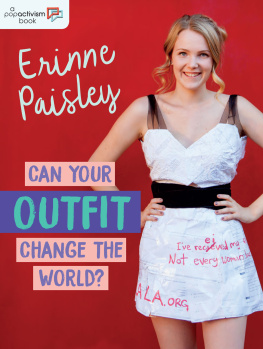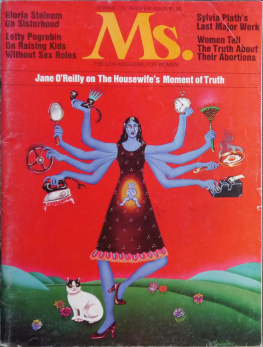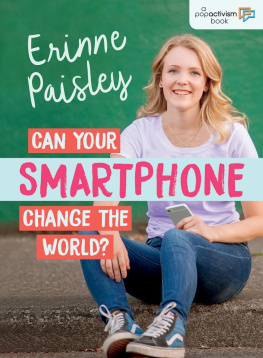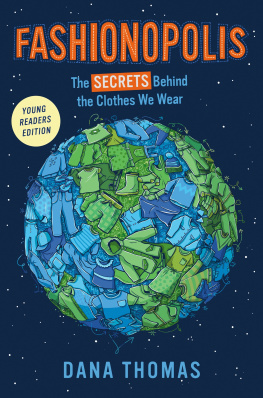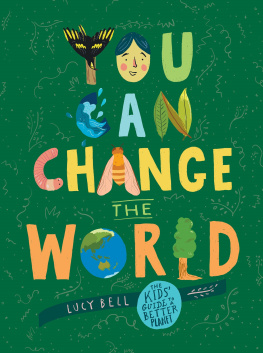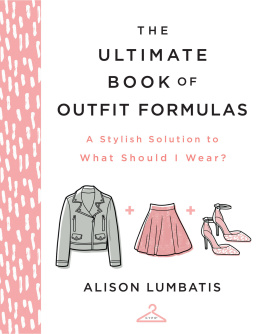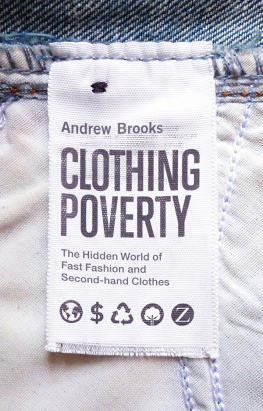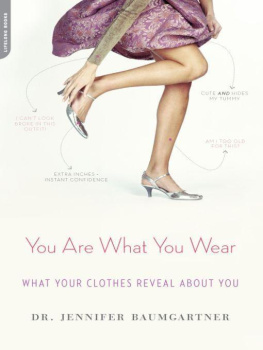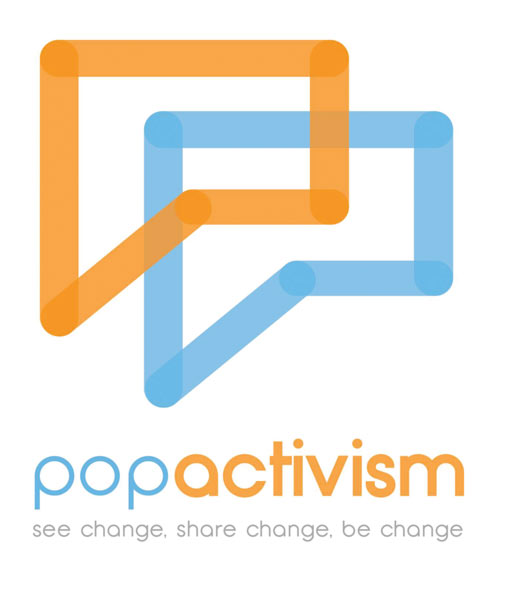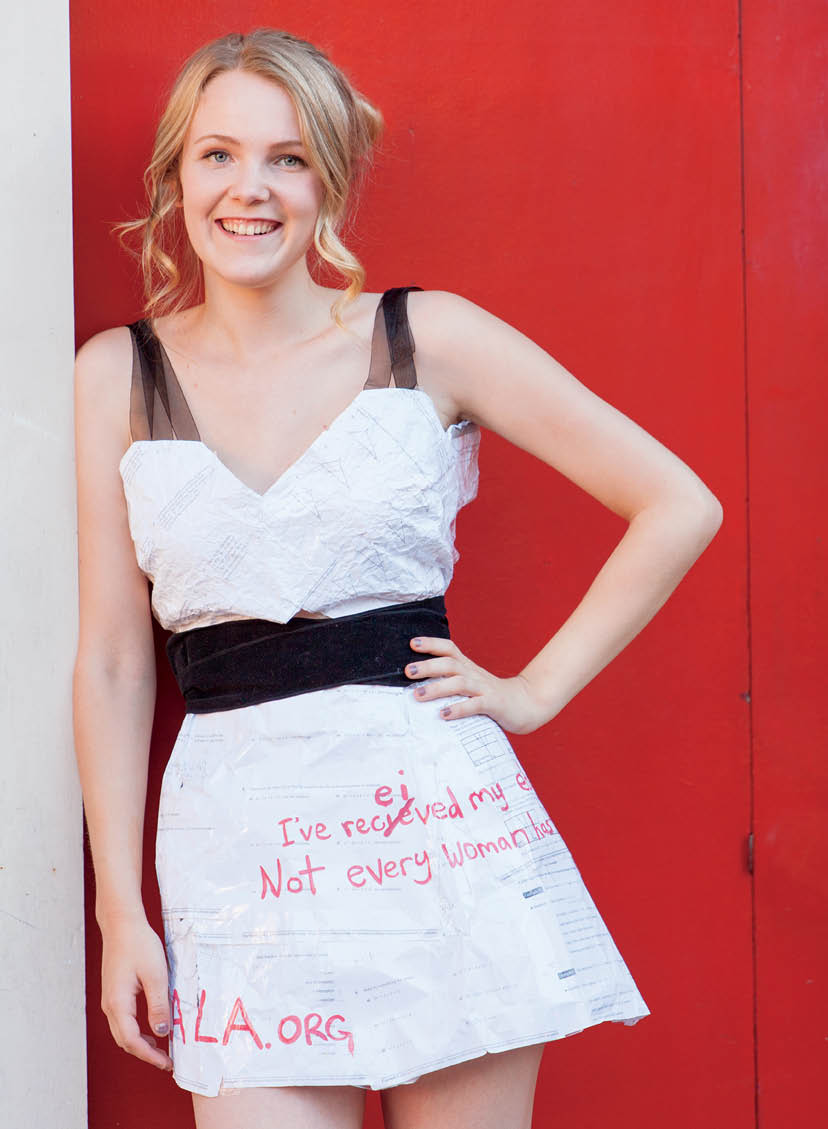Text copyright 2018 Erinne Paisley
All rights reserved. No part of this publication may be reproduced or transmitted in any form or by any means, electronic or mechanical, including photocopying, recording or by any information storage and retrieval system now known or to be invented, without permission in writing from the publisher.
Cataloguing in Publication information available from Library and Archives Canada
Issued in print and electronic formats.
ISBN 978-1-4598-1306-9 (softcover).ISBN 978-1-4598-1307-6 (pdf).
ISBN 978-1-4598-1308-3 (epub)
First published in the United States, 2017
Library of Congress Control Number: 2017949687
Summary: This work of nonfiction in the PopActivism series for teens looks at how teens can make responsible and eco-friendly clothing choices.
Orca Book Publishers gratefully acknowledges the support for its publishing programs provided by the following agencies: the Government of Canada through the Canada Book Fund and the Canada Council for the Arts, and the Province of British Columbia through the BC Arts Council and the Book Publishing Tax Credit.
The authors and publisher have made every effort to ensure that the information in this book was correct at the time of publication. The authors and publisher do not assume any liability for any loss, damage, or disruption caused by errors or omissions. Every effort has been made to trace copyright holders and to obtain their permission for the use of copyright material. The publisher apologizes for any errors or omissions and would be grateful if notified of any corrections that should be incorporated in future reprints or editions of this book.
Edited by Sarah N. Harvey
Design by Jenn Playford
Front cover and flap images by Ute Muller
Back cover images by Shari Keller/Mehera Shaw, Miguel Medina/Getty Images, Amy Hansen
Author photo by Jacklyn Atlas
Ebook by Bright Wing Books (www.brightwing.ca)
ORCA BOOK PUBLISHERS
www.orcabook.com
To my brother,
Stuart Paisley
ACTIVISM
The creation of social and/or political change.
POPACTIVISM
Activism fused with pop culture.
Buy less, choose well, make it last.
Fashion icon Vivienne Westwood

FASHIONSTOCK.COM/SHUTTERSTOCK.COM
1
A Dress Made of Homework
In May 2015 I graduated from high school in Victoria, British Columbia. First there was the cap-and-gown ceremony, and then there was the highly anticipated prom. I didnt find my prom dress at the local mall or at a vintage store or even online. Instead, I created the dress in my living room with only some scissors, tape, ribbon and old math homework. Yup, thats right. My old math homework!
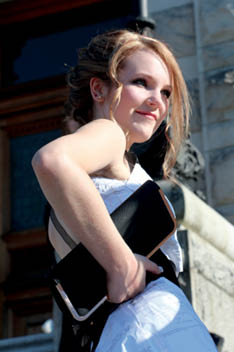
STUART PAISLEY
I had to create a few drafts of the dress to make sure it would actually hold together. I assembled the final dress with the help of my best friend, Emily Faris. It took us one whole day to make, and even though it seemed to stay together okay, we kept extra tape in our purses during prom, just in case. On the dress I wrote in red ink, Ive received my education. Not every woman has that right. Malala.org. Then I donated the money I would have spent on a real prom dress to the Malala organization and encouraged others to do the same. In Can Your Smartphone Change the World?, the first book in the PopActivism series, I tell the story of how the paper prom dress for womens rights went viral.
Before the story went viral, many parents and people in my school asked questions about what the dress was made of. Why did I choose math homework and not English homework? How was the dress held together? Why didnt I just wear a normal prom dress?

I carried extra tape in my purse to fix any rips that happened during the night! Here, my mom and Emilys mom repair a tear in my skirt. STUART PAISLEY
The more questions I answered about my paper dress and the reason I was wearing it, the more I thought about the story behind all my clothing.
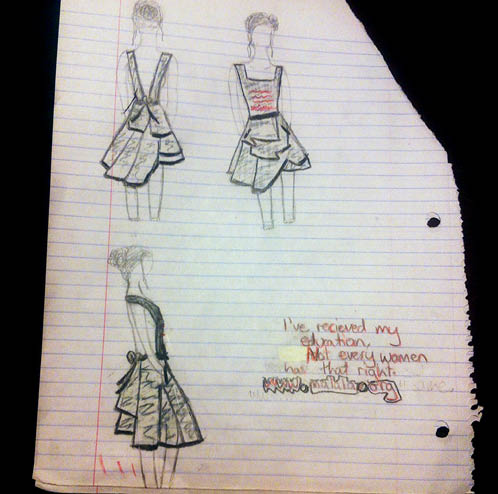
The first sketch I ever drew of the paper dress. UTE MULLER/ERINNE PAISLEY
SENDING A POSITIVE MESSAGE
The more questions I answered about my paper dress and the reason I was wearing it, the more I thought about the story behind all my clothing. The dress had started life as a tree, and then it became the paper I wrote on in a classroom. But where had my favorite pair of jeans come from originally? When I put on jeans and a graphic T-shirt the day after prom, I noticed how soft the material felt against my skin compared to paper, but I also wondered what the story of this outfit was. The T-shirt had a message on it tooit said Less and Local. What message and type of company was I supporting by wearing it? Did I agree with what that company stood for?
We all wear clothing of some sort every day. What you choose to wear becomes part of your identity, but it doesnt affect just you. Our clothing sends a message to the world around us, whether we want it to or not. But often we dont know what that message truly is. What we wear comes from some materialeither natural or synthetic. How that material was grown or manufactured, how it was processed and how far it was shipped all have an impact on the earths environment. The treatment, working conditions and salaries of the people who make our clothing have an unmeasurable effect on these workers and their families. The items we wear often display logos, slogans, phrases and labels. Do you support what they say about the world or the company that makes the clothing? Your outfit has a lot more power than you might have realized!
A NEW (TO ME) PAIR OF BOOTS
Buying ethically doesnt mean never buying anything new again. What its really about is making your shopping decisions in a more globally conscious way even when you buy something new. I remember when I first realized how important it is to understand the full history of the clothing most of us wearwhere it comes from, who makes it, how its made, how far its traveled, its impact. I was supposed to buy a new pair of rain boots with my mom. We were in the store, and I started looking at where the rain boots were made. None of the labels told me anything about the conditions under which the boots were made or their environmental impact. There was no way to know whether any of these boots were ethically made, and I was very upset. I remember being overwhelmed by the thought of all the things I had bought in the past and all the things I would buy in the future that were not 100 percent ethically made. How was I ever going to shop for clothes again if I wanted to be kind to the earth and everyone who lives on it?

